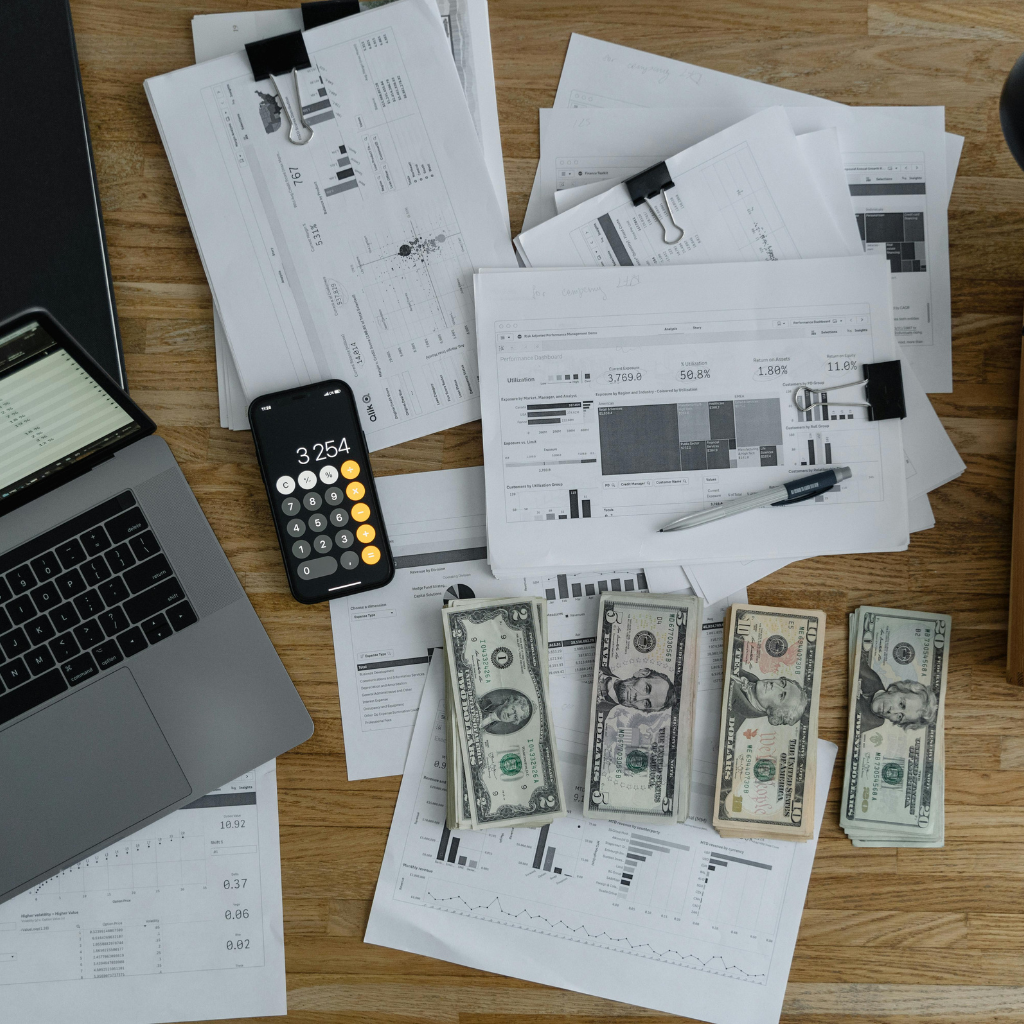introduction
Money is strong, but you don’t always obtain it for free. There are small fees that you might not realize when you transfer, receive, or handle money. These could be fees for using a bank, service fees, or fees for making a purchase. People commonly inquire, “How much for money?” because of this. This word doesn’t tell you how much money is worth; it tells you how much it costs to use it. Many individuals wish to know, “How much does a money order cost?” This tutorial will show you how to save more money and spend it better by giving you easy-to-follow instructions.
What does “How Much for Money” mean?

There is a cost when you send money through a bank, a service, or a money order. It might not seem like much at first, but it adds up. For example: Sending $100 can cost anywhere from $1 to $15. When you change money, you lose more. Transfers that happen quickly tend to be more expensive. You can keep more of your money if you know what these minor expenses are When we ask “How much for money?”, we’re really talking about the hidden costs of moving, sending, or exchanging money. Every time you transfer money whether through a bank, money transfer app, or money order there’s a small fee involved. It may seem like just a few dollars, but these fees can quietly drain your balance over time. For example, if you send $100 to someone, the fee can range anywhere from $1 to $15, depending on how you send it and how quickly it needs to arrive. How Much for Money Services like instant transfers or international payments often charge higher fees or apply less favorable exchange rates. Even currency conversion can reduce the final amount your recipient receives. These small costs are often overlooked, but they can make a big difference especially if you send money frequently or handle large transactions. By understanding how these charges work, you can make smarter financial choices, compare transfer services, and keep more of your hard-earned money in your own pocket instead of paying unnecessary fees.
What does it mean to send cash?
It’s safe to send money with a money order. You pay for it in advance, and then it acts like a check. You pay the whole amount up front, and the person who gets it can cash it without worry. How much for money What people do with it: Sending money is safer than sending cash. Even if the person who gets it doesn’t have a bank account, it works. Simple to keep track of How It Works: You send the amount you want to send. The service sends a check. The person who gets it either cashes it or puts it in the bank. Safe. Easy to find. how much for money “Money Saving Binder: 7 Proven Tips to Save More?” in a clear, professional, and SEO-friendly tone: Trackable and Safe Saving Methods Just like a Money Saving Binder helps you organize your finances, using secure methods like money orders keeps your savings safe and easy to manage. When you send money with a money order, you pay upfront, similar to setting a clear budget in your binder. The receiver can cash it without needing a bank account, making it a reliable and trackable way to handle funds. It’s safer than sending cash and easy to monitor — helping you stay in control of every dollar you send or save. Smart financial organization starts with small, safe steps like this.
What is the price of a money order?

Where you get it will affect the price. Average Price for Providers: $1.25 to $2.50Moving stuff throughout the country is simple. Banks Payments that are safer and bigger: Stores that cost $5 to $10$0.80 to $1.50Low fees and use every day Using an internet payment provider costs between $1 and $15 or more. How much for money Quick transfers or those that travel to other countries Always find out how much it will cost first. How much for money You may save a lot of money if you wait a little longer.
Why does spending money cost money?
This is why: Service fee: This is what it costs to process your payment. Checks for safety to protect your money If you want to send money from one country to another Speed fee: Transfers that are speedier normally cost more. These things happen all the time, but you can help keep prices down by making smart choices. An Example from Real Life Sending $100 with: The total is $101.25, which includes the $1.25 fee for the money order. The total is $115.00, which includes the $15.00 fee for mailing the money. That’s a difference of $13.75. What you do matters. Ways to Save Money on Transfers Look into more services that are close to each other. Only pay more for speedier transfers if you really need to. You can acquire money orders from stores and apps that don’t cost a lot. Watch exchange rates closely. Make plans ahead of time for transfers. Saving even a little bit of money every month adds up. send money and how much it costs
How Much Do Methods Cost? When to Use

It costs between $0 and $30 to send money through a bank. Safe large transfers Apps that let you buy things that are cheap or free Order of Cash$1 to $10Simple transfers. How much for money Send money using a wire From $10 to $50Payments that must be made immediately away It charges between 1% and 5% of the amount you transfer to send money to foreign countries. Ayesha’s real story: How she got $105 Ayesha sent $10 home by wire transfer every month. Over the course of a year, the costs add up to $120. She started using money orders, which cost $1.25 apiece. For 12 months, $1.25 is the same as $15. She saved $105 in a year without changing how much she sent.
Faqs
How much does it cost to get a money order?
Depending on where you get it, the price can be anywhere from $1 to $10.
Is a money order less expensive than a wire transfer?
Yes. It's usually the best choice for small sums because the fees are modest.
Is it possible to receive a money order online?
Yes, you can send money orders online or over the phone in a few different methods.
How can I avoid paying a lot of fees?
Look at all of your choices, establish a plan, and pick the ones that cost the least.
Final thought
You can control your money if you know “how much for money.” You know what you do with your money. You pick the option that costs the least. You save more money each month. How much for money Don’t allow hidden costs steal your money. You put in a lot of effort to get it.You can truly take control of your finances when you understand “how much for money.” It’s not just about asking what something costs it’s about knowing the real value behind every dollar you spend, send, or save. When you’re aware of where your money goes and what fees come with it, you start making smarter choices. You naturally pick the options that cost less, save more, and work better for your financial goals. Every small saving adds up. Whether it’s avoiding unnecessary bank charges, choosing a low-fee transfer service, or comparing exchange rates before sending money abroad these little steps can help you keep more money in your own pocket each month. Remember, you work hard for your income. Don’t let hidden costs quietly steal your efforts. The smarter you are about how much for money, the stronger and more secure your financial future will be. Managing money isn’t about cutting corners; it’s about being aware, informed, and in control.
